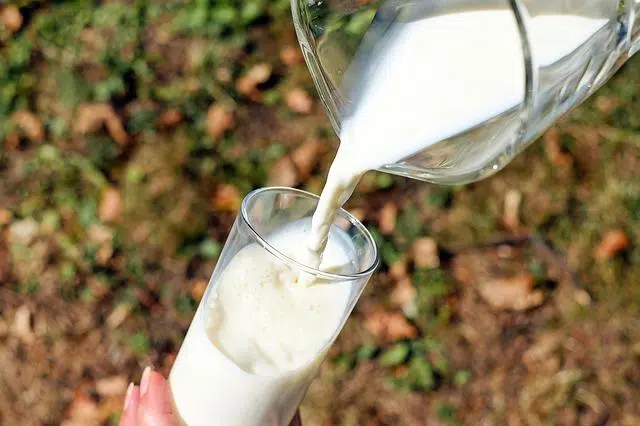
The pasteurization process owes its name to its discoverer: the scientist Louis Pasteur.
Pasteurization is the process and result of pasteurizing . This verb refers to the action of increasing the temperature of a food product in a liquid state to a level that is just below that necessary for its boiling, for a short period of time. The product is then cooled very quickly. In this way, microorganisms are eliminated without modifying the characteristics of the food in question.
The term pasteurization or pasteurization arises from the surname of the scientist who discovered the process, Louis Pasteur , born in 1822 and died in 1895 . This man carried out, with the collaboration of Claude Bernard , the first pasteurization process in April 1864 .
Differences between pasteurization and sterilization
It is important to keep in mind that, unlike what happens with sterilization , pasteurization does not destroy all the cells of thermophilic bacteria or the spores of microorganisms in general. Its purpose, therefore, is not to eliminate all pathogens, but to reduce their populations so that the food in question does not cause poisoning to the person who consumes it.
Some specialists claim that pasteurization could destroy the vitamins in liquid foods and change their flavor. These issues, however, could not be confirmed.

Pasteurization makes it possible for milk to be transported long distances without decomposing.
Its importance in dairy and other products
Thanks to pasteurization, it is possible to transport milk over long distances without spoilage. Dairy pasteurization also prevents diseases such as salmonellosis, polio, tuberculosis, diphtheria, typhoid fever and scarlet fever.
In packaged juices, there are several types of pasteurization: there are unprocessed juices (raw) and others that undergo an ultra-pasteurization process (sterile). This process does not change the flavor of the product and is extremely effective in this type of beverages, because it is an acidic medium. The most frequent microorganisms in juices are Bacillus cereus, and Clostridium botulinum and various types of Salmonella , depending on the fruit with which they were made. In these cases, pasteurization can produce a change in color, turning the liquid brownish; This is due to the deterioration suffered by the polyphenoloxidase enzymes.
Bottled drinks, creams , ice creams, beer, wines and cheeses are other foods that undergo pasteurization processes.
Analysis and control of pasteurization
In each country there are specialized agencies that are responsible for controlling food quality; They investigate the most recommended pasteurization methods for this or that product and demand that all their distributors subject them to these processes. Some of these agencies are the USDA (in charge of food control in the United States) and the Food Standards Agency (which carries out the same activity in the United Kingdom). It is necessary to mention that pasteurization standards vary for each food , and may differ between products made from the same raw material , such as cheese and yogurt.
The topic of pasteurization has been the focus of debate on more than one occasion. With regard to milk, for example, it has been discovered that many microorganisms managed to develop a defense against this decrease in their population with temperature, calling into question the effects of said process. To corroborate the certainty of this research, tests such as the polymerase chain reaction are carried out, which allows us to know the level of survival of different types of microorganisms. It is also worth mentioning that it has been proven that under certain conditions, pasteurization can destroy vitamins A and B , so undoubtedly this process is not entirely efficient and has many questionable side effects.
